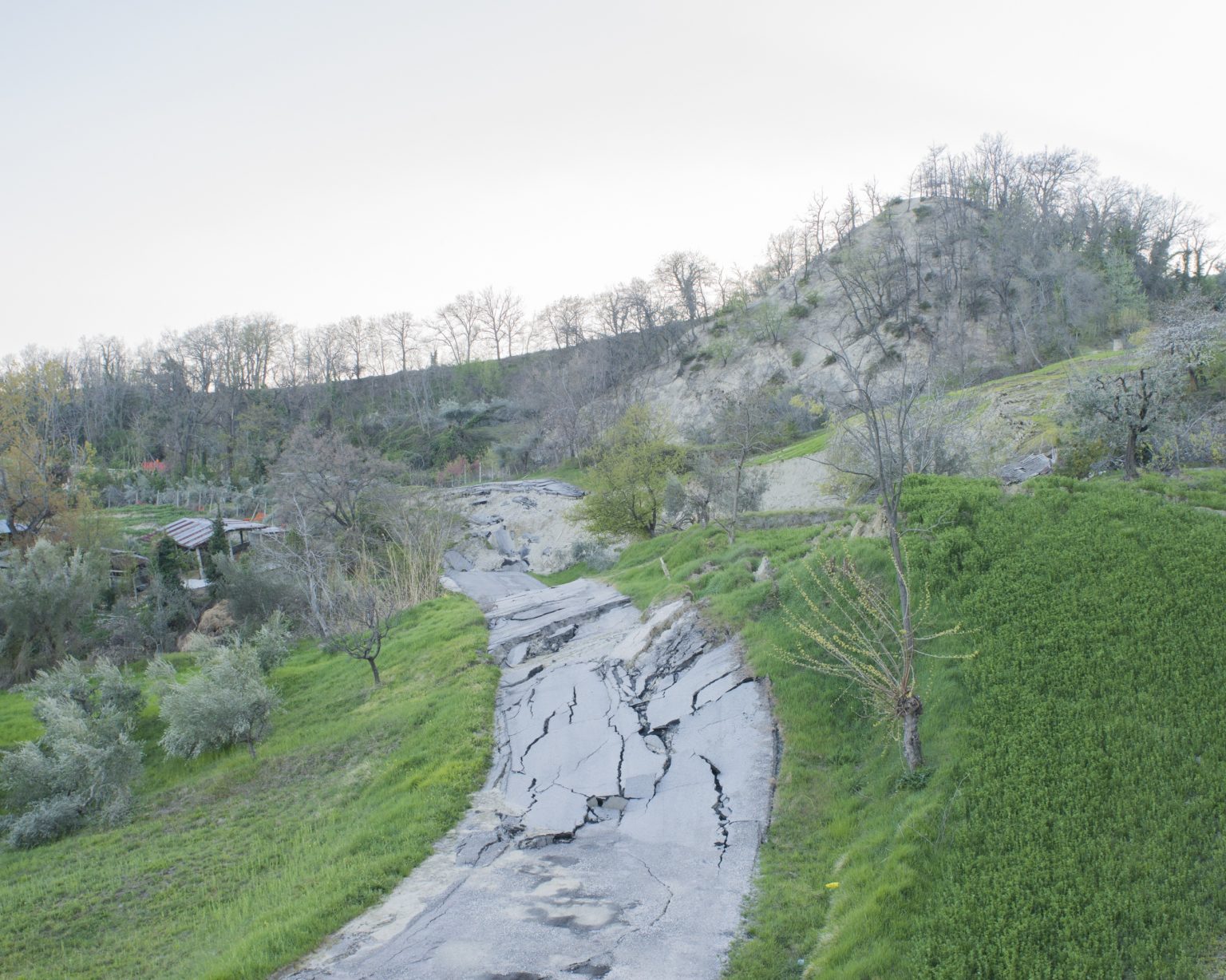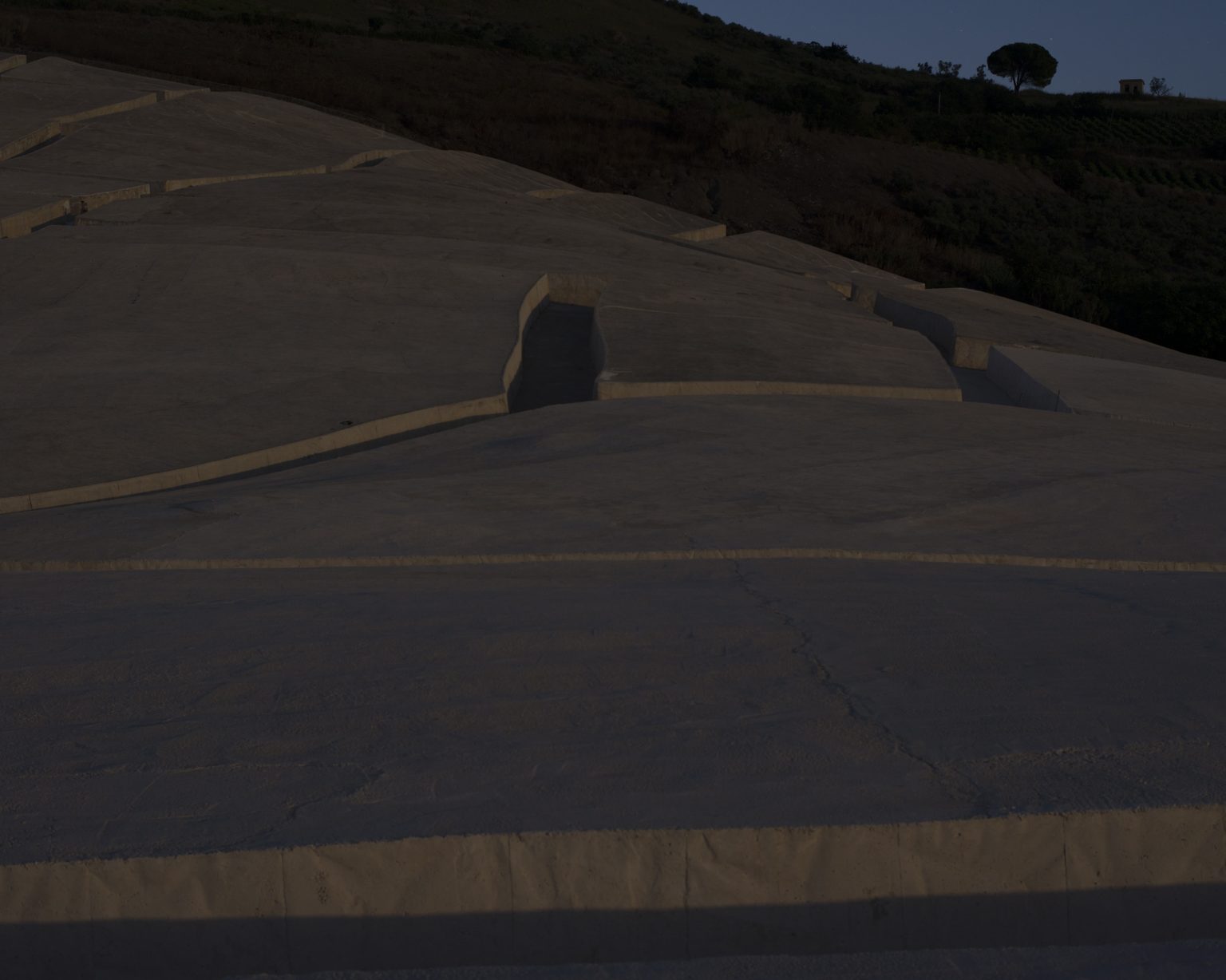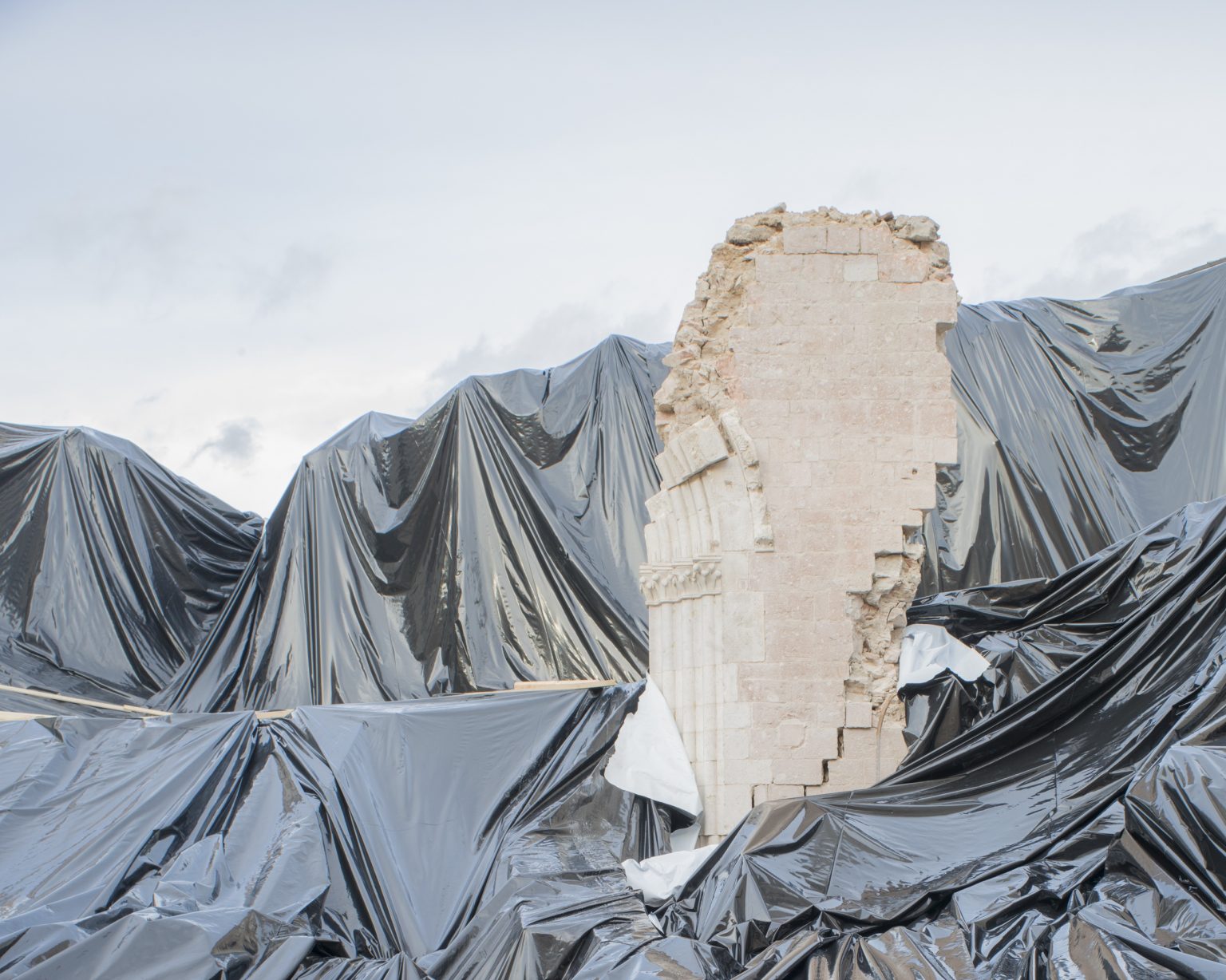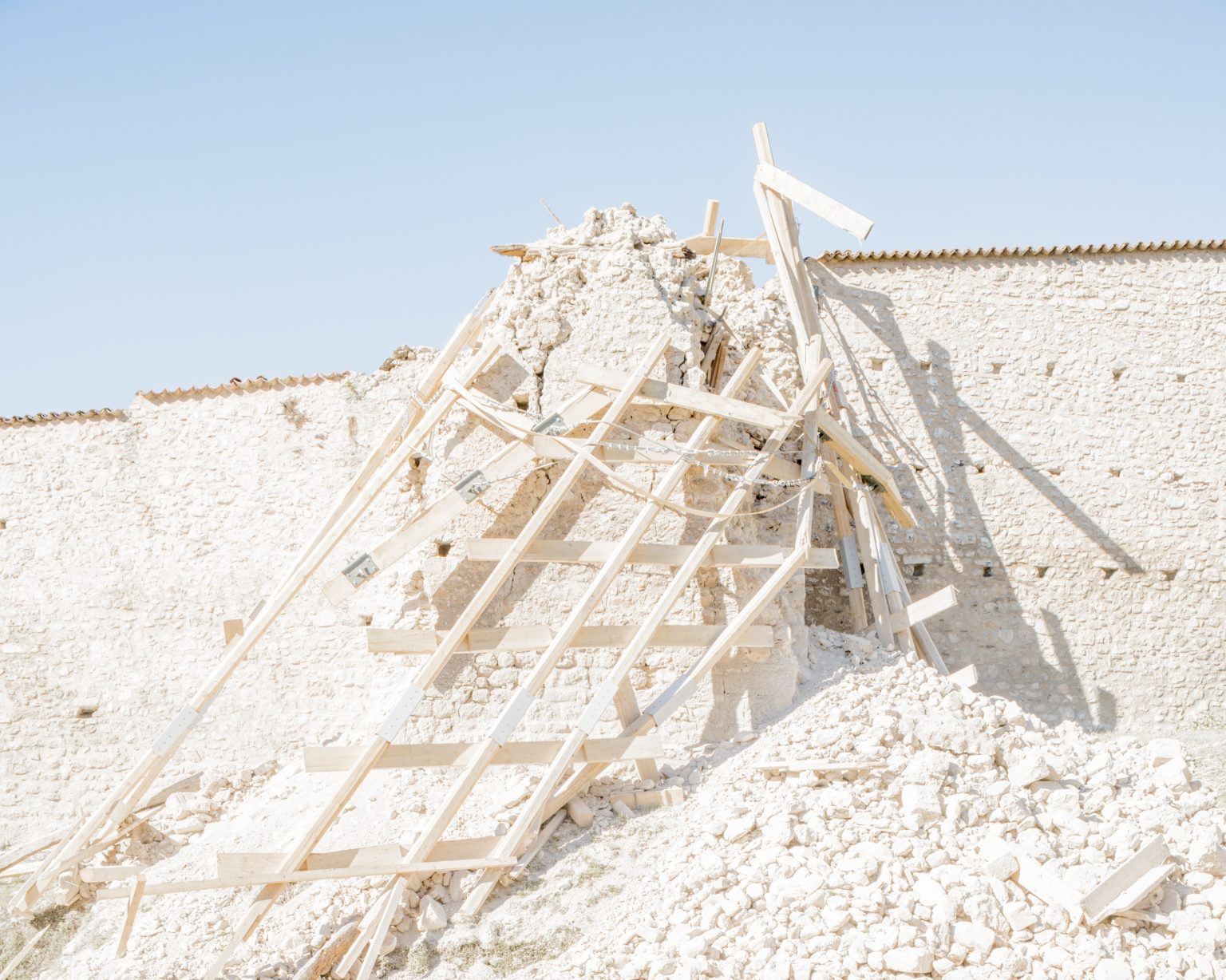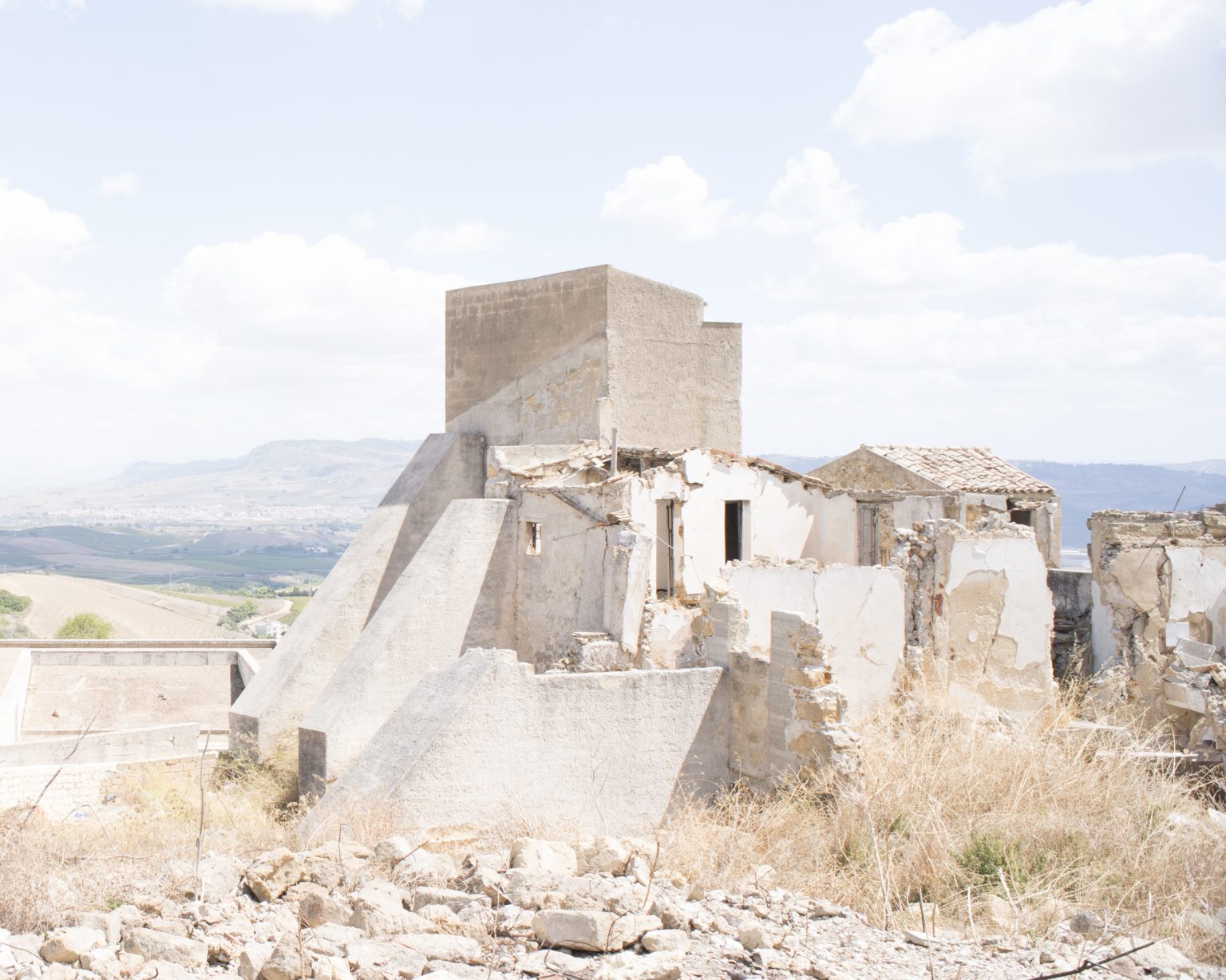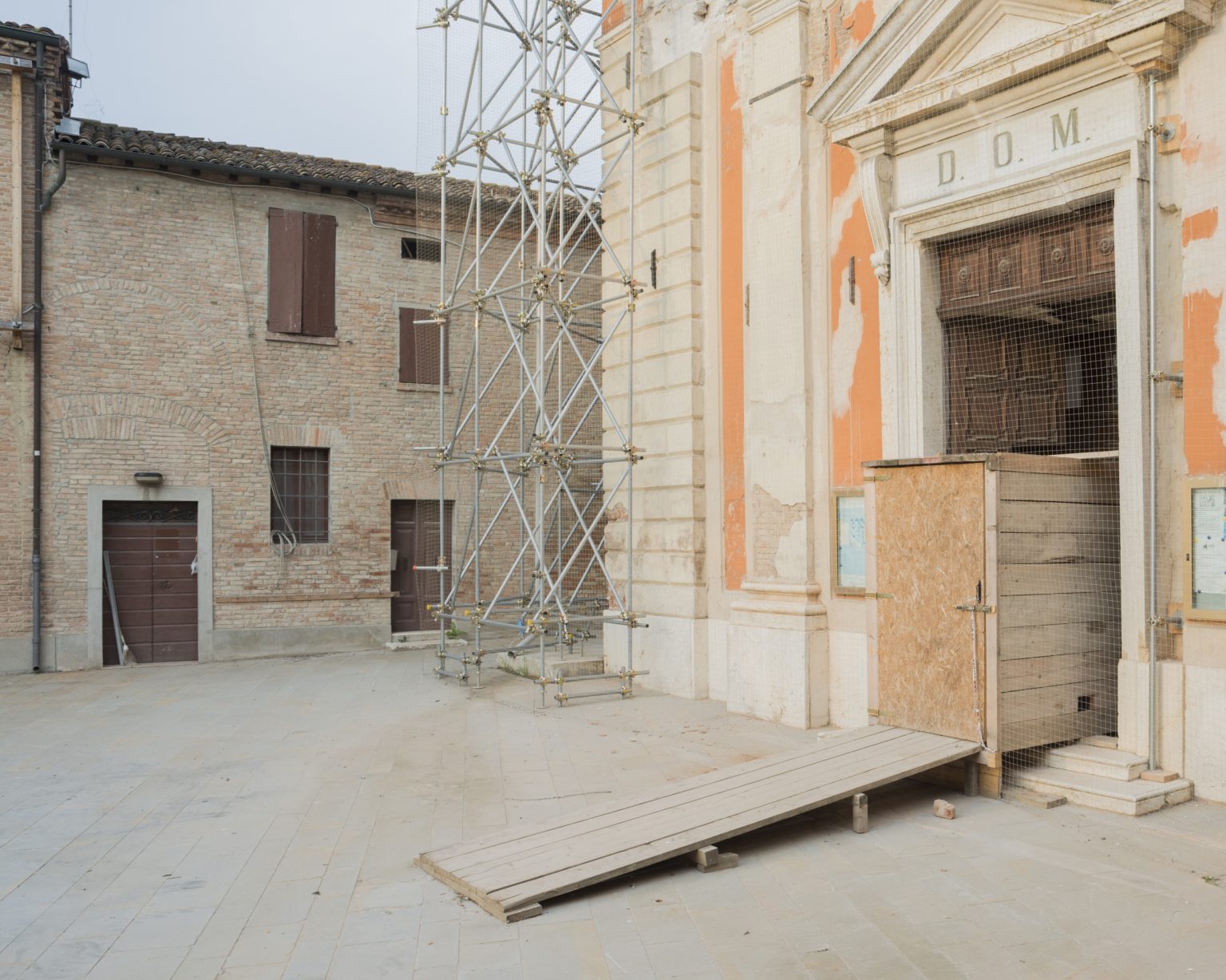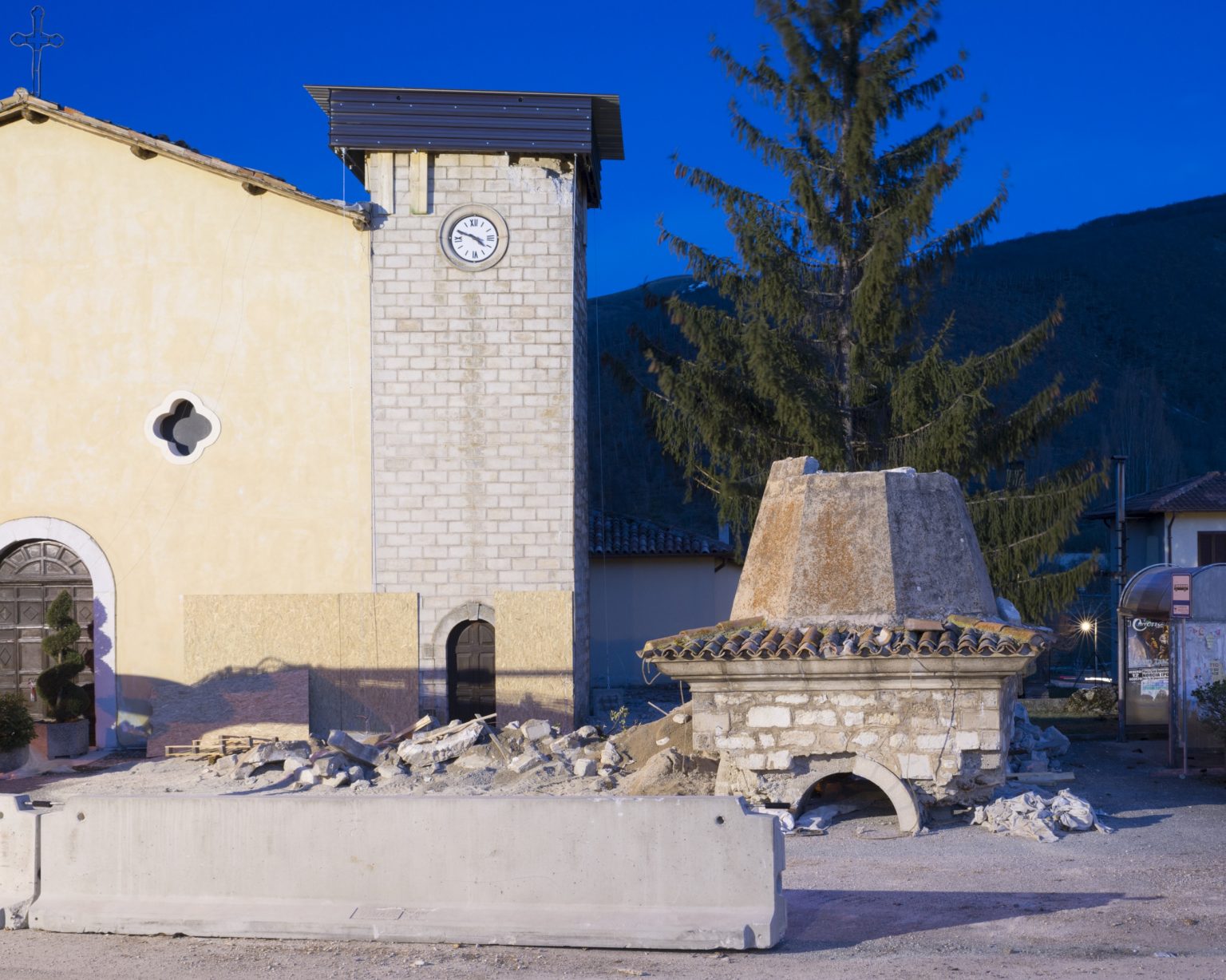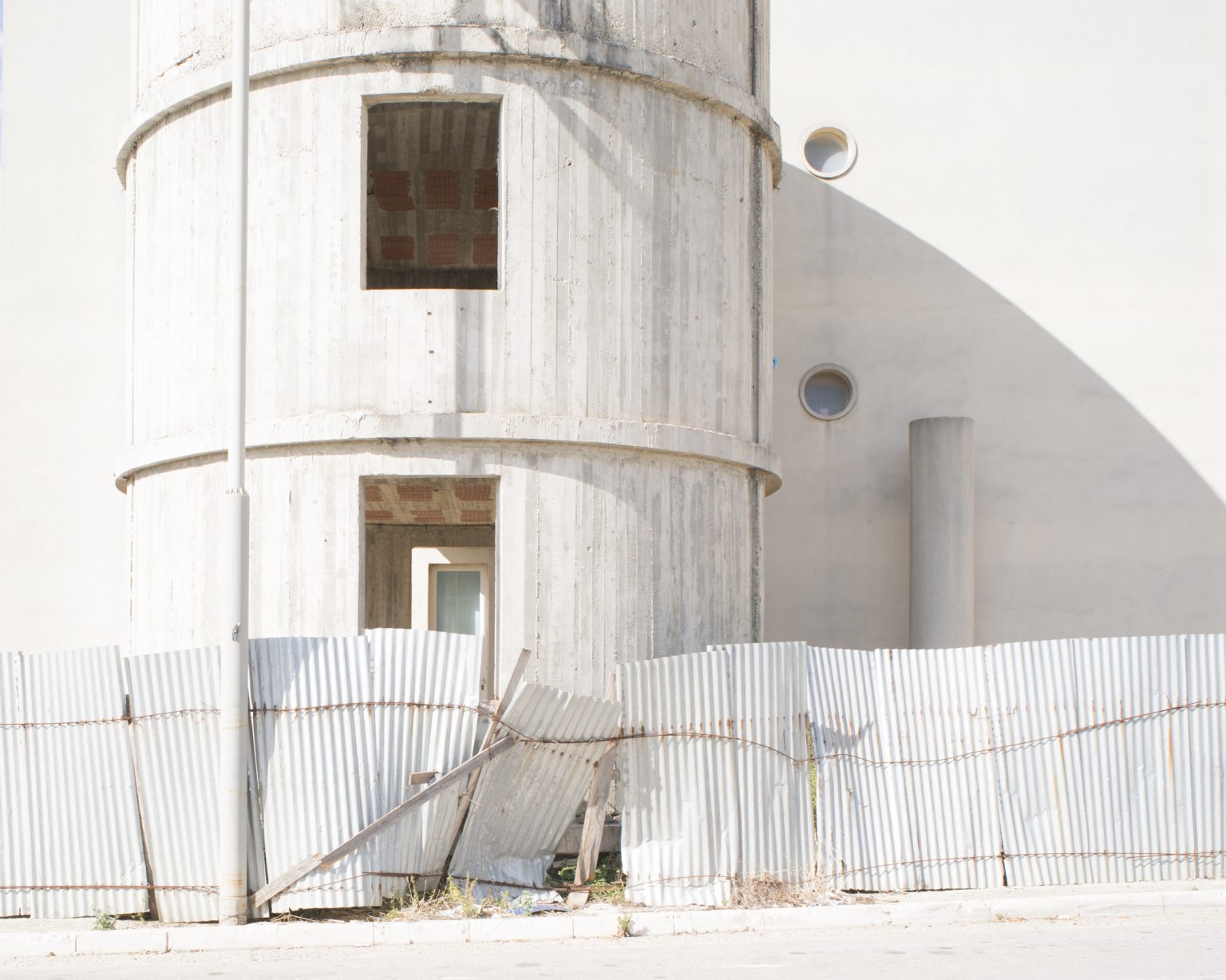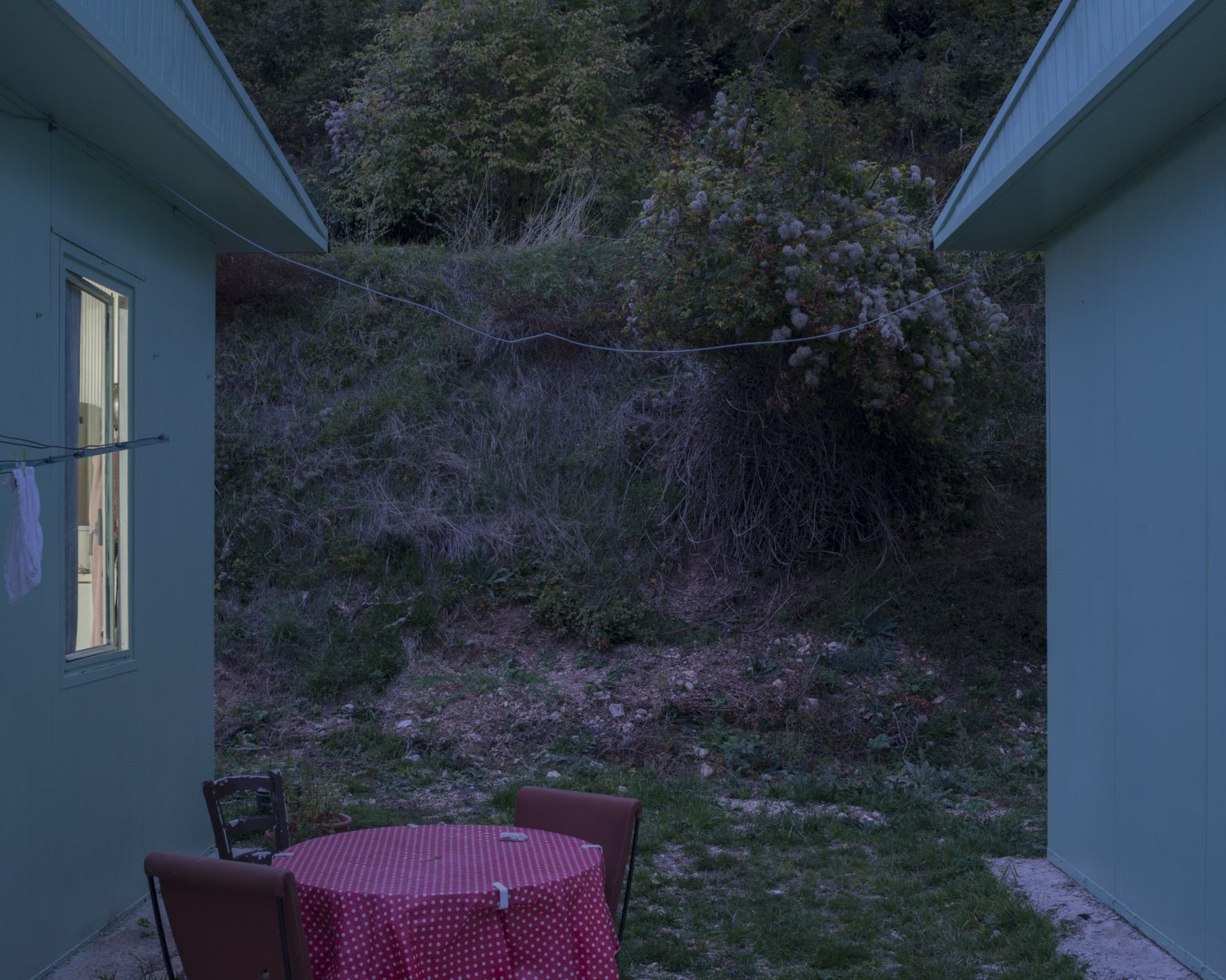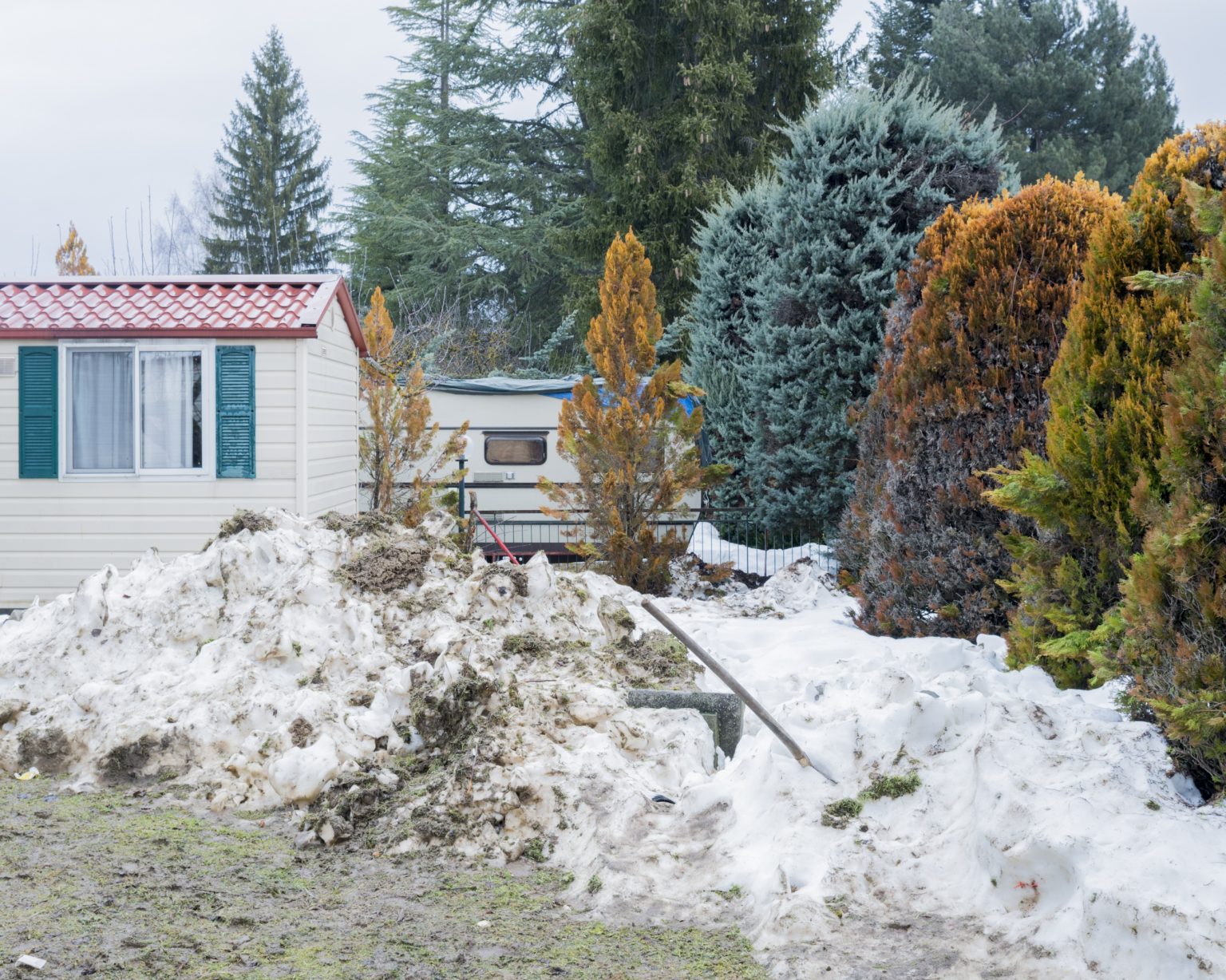Photography and Catastrophe
Following the earthquakes in L’Aquila (2009), in Emilia (2012) and in Central Italy (2016/2017) the KHI decided to get involved in cooperative projects dealing with the past and present of natural disasters in the Italian peninsula. These projects include collaboration with the photographer Antonio Di Cecco from L’Aquila, who has intensively dedicated himself in his work to the exploration of post-catastrophic scenarios. In this context, together with the curators of this online exhibition, he conducted a search in the holdings of the Institute’s Photo Library, and made a selection of historic photos. These Di Cecco then confronted with images from his own archive. The dialogue thus created between contemporary photography and photo archive forms the basis of this online exhibition. Its essential concept is to explore the various levels of representation and sedimentation of natural disasters. By illustrating the transformations of landscapes and townscapes they have most recently caused, it thus tries to show the radical changes to places and settlement patterns, as well as the destruction of historic monuments and building fabric.
The exhibition avoids the traditional juxtaposition of shots ‘before’ and ‘after’ the catastrophe. Instead, the chosen photographs, dating to different periods, mainly do not refer to the same place, but form open constellations and confrontations between different forms and contents. The range of images presents different types of natural disaster through the various regions of Italy and through the most varied landscapes (with a particular focus on L’Aquila, Antonio Di Cecco’s hometown). The images are discussed in five thematic chapters. The exhibition’s aim is, firstly, to focus attention on the wide geographical distribution and relative frequency of natural disasters in Italy, earthquakes in particular, and point to the significance of man-made factors. Secondly, it emphasises the need for an historical understanding of catastrophes and their prevention, for instance through specific techniques of conservation and earthquake-resistant building practices. Thirdly, it gives an insight into the difficulties of post-disaster emergency interventions, restorations, and the logics and practices of reconstruction. It does this in a dialogue between historic and contemporary photography, confronted in the digital medium. At the same time it evokes the materiality and mediality of photos, as of the archive itself (with its boxes and card-mounts), and concentrates in Di Cecco’s photographs on spaces, places and environs. These are often devoid of human presence; but in a specific atmospheric, semiotic and subtle narrative scenography, they refer to spaces of social interaction and collective memory in their own poetic way.

